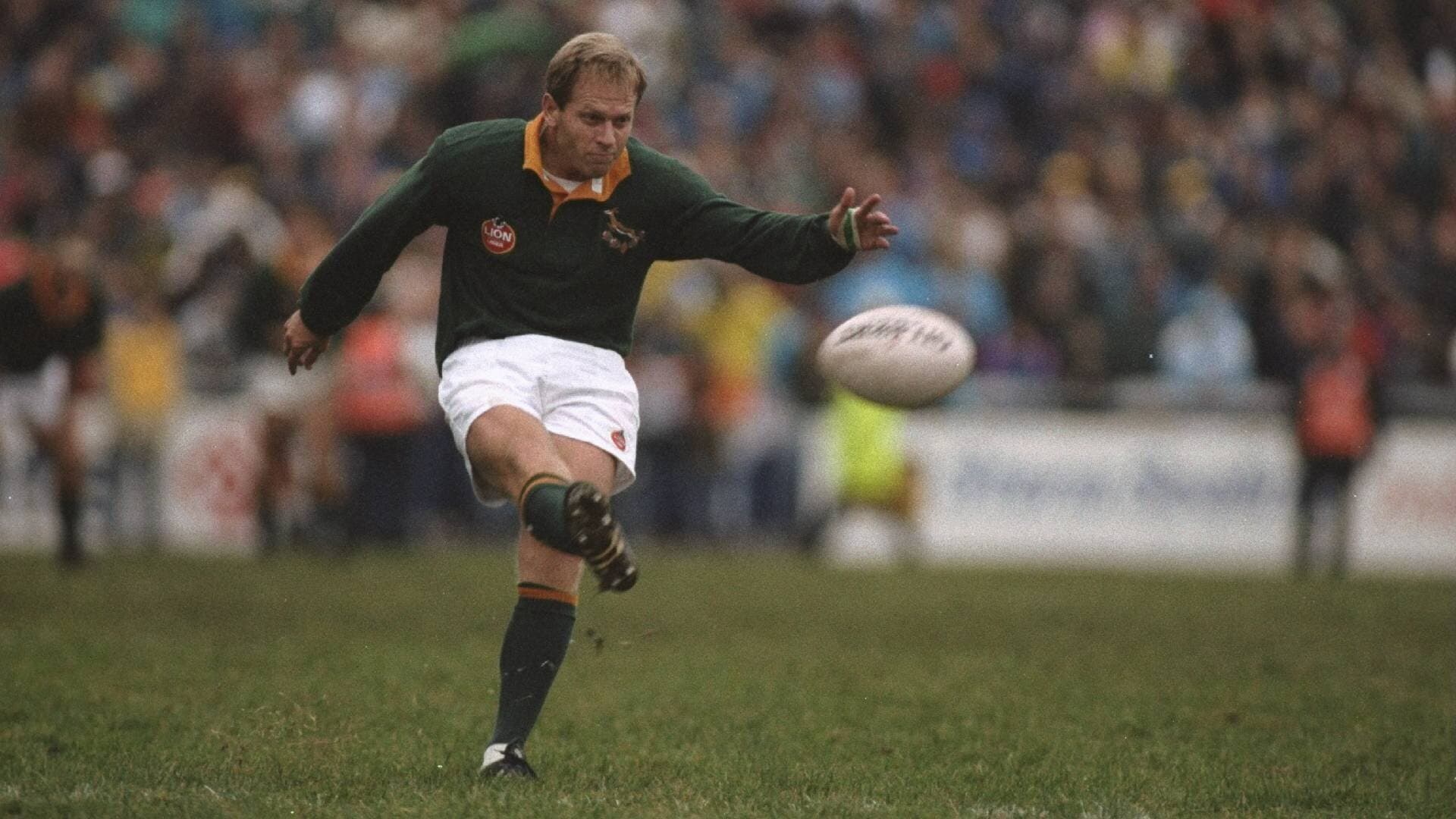Rugby
How Big is a Rugby Ball?
From the size and makeup to the performance, behavior and valve position – we cover all you need to know about a rugby ball.

Image Credit: New England Patriots' Twitter (X) Account
The focus point of every game of rugby, of every kick, scrummage, ruck and try – is the famous size five, 290-millimeter oval ball with about a 600 millimeter circumference.
We will unpack everything you need to know about the rugby ball in this complete guide.
Flat or Pointy? That is the Question
What is consistent among rugby balls is the fact that their shape is oval and made up of the primary four panels. However, as the great George Orwell would say, not all balls are created equal!
These panels are either leather or a synthetic alternative. World Rugby give parameters within which the ball must fit, but insofar as the ends of the ball are concerned, they play a huge role in having an effect on the ball itself.
As a rule of thumb, balls with a pointed end are great for passing at speed, but usually very difficult to kick. Where the ends are somewhat more rounded, the ball is easier to control and kick but will often pass much slower.
Size five balls are considered ‘official’ balls, they have a length of between 280 and 300 millimetres and a circumference of 740 – 770 millimetres end-to-end. Their width circumference is set between 580 and 620 millimetres. These balls would be used by both men and women’s senior international teams, but smaller balls are often used for junior and youth rugby.
The Grip
Rugby balls will always have a textured outer layer. This outer (or pimpled) layer provide the grip on the ball. Interestingly enough, this group has a large effect on how easily the ball can be caught versus how far it can be passed or kicked.
Again, as a rule of thumb, the more textured the ball is, the more grip it will inevitably boast but its kicking distance will be reduced.
You might be interested in: Bryan Habana on Springboks' Golden Era, Record-Breaking Etzebeth, and the Rugby Championship Review
The Panel
As you might have guessed, the way in which a rugby ball is constructed will inevitably have an effect mainly on its shape retention and weight. The panels consist of an outer layer, where the rubber and grip are present, and a number of layers or ‘plys’ as you get closer to the bladder.
You would find that match balls will have three ply construction, whereas training balls might have either three of two. The three ply ball will weigh more, be more resistant to the wind and thus find favour with admirers of the kicking or long passing game. The three ply ball will also retain its shape for an extended period of time when compared to that of the two ply ball.
A Full Bladder
The bladder of a rugby ball is arguably the most vital component with respect to the behaviour of the ball. Under normal circumstances, rugby balls use a natural latex bladder. The latex option is often associated with balls which feature high levels of resilience, but due to the nature of the material have a natural ‘slow leak’ of air.
This would suggest that the ball would need to be reinflated every week or so.
You might also be interested in this: How Does Rugby Scoring Work?
The Valve
The valve on a rugby ball is the conduit through which the ball can be inflated. Unknown to many though, this humble little servant plays a massive role in the performance of the ball. Essentially the valve creates an imbalance – which in turn either enhances or undermines the behaviour of the ball.
Through the appropriate positioning of the valve, the rotation of the ball is improved which has an effect on the accuracy and distance of kicks and long passes, as well as the spiral action of the ball.
Amongst high quality match balls, the valve is said to be placed long the seam of the ball, as this helps distribute the weight to most effectively improve rotation. This is at least according to websites such as Gilbert and Summit!

Ryan Liberty is an experienced sports writer whose articles have featured in some of the biggest sports publications in South Africa. With a strong understanding of all major sports and an in-depth understanding of betting, Ryan consistently delivers insightful content. He's also known for his ability to break down complex topics into engaging, reader-friendly pieces.